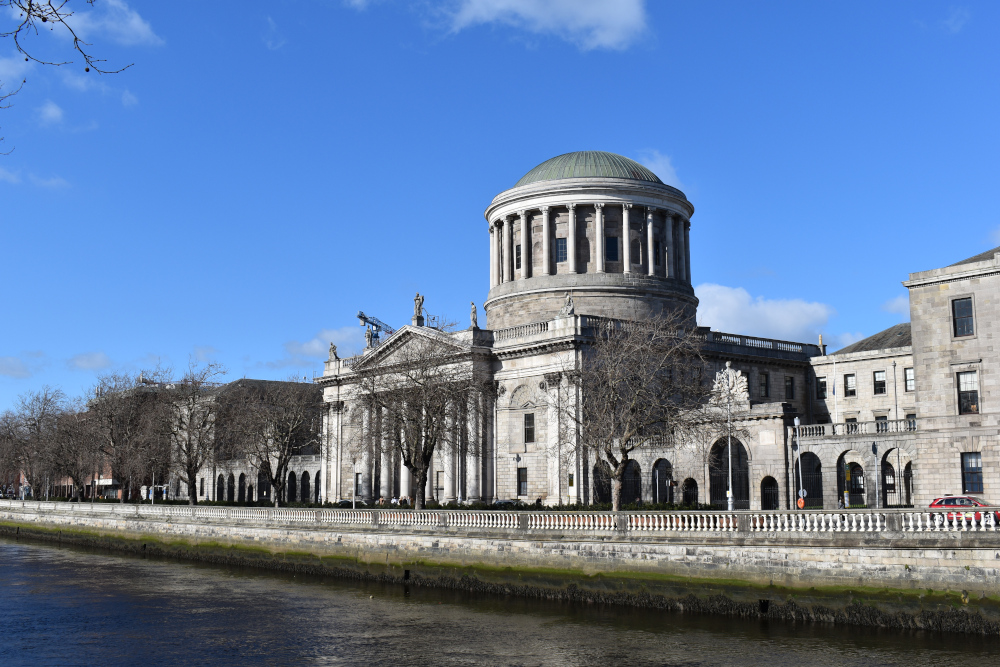Supreme Court: Developers not required to submit separate statement of environmental impact in application for strategic housing development

The Supreme Court has determined that developers are not required to submit a distinct identifiable document in a planning application for a strategic housing development under article 299B of the Planning and Development Regulations 2001.

About this case:
- Citation:[2022] IESC 30
- Judgment:
- Court:Supreme Court
- Judge:Mr Justice Gerard Hogan
The appeal resolved a difference of judicial opinion in two High Court cases, where the judges were split on the issue of whether a “statement” under article 299B required a separate document to be submitted to the Planning Board.
Delivering judgment in the appeal, Mr Justice Gerard Hogan held that it was necessary to consider the context of article 299B as a whole and held that a separate statement was not required for the applications.
Background
The appeal arose out of two High Court decisions. In Waltham Abbey Residents Association v. An Bord Pleanála [2021] IEHC 587, Mr Justice Richard Humphreys determined that article 299B required a distinct identifiable document to be included as part of an application for planning permission for a strategic housing development. Since there was no such document included in the developer’s application, it was held that the Planning Board’s decision to grant permission was invalid.
Separately, in Pembroke Road Association v. An Bord Pleanála [2021] IEHC 403, Mr Justice Alexander Owens did not accept the reasoning in Waltham Abbey. Instead, it was held that article 299B required some evaluative material to be included in the planning application which the Board could assess and consider in order to determined whether the Article was complied with. Since the information was included in the planning application, Mr Justice Owens refused to invalidate the permission.
The specific article in dispute was article 299B(1)(b)(ii)(II)(C) of the 2001 Regulations. Article 299B generally dealt with the requirements relating to environmental impact assessments for “subthreshold development” where no screening determination had been made. Article 299B(1)(b)(ii)(II)(C) stated that the applicant had to provide to the Board “a statement indicating the result of other relevant assessments of the effect on the environment carried out pursuant to European Union legislation…”
In Pembroke Road, Mr Justice Owens determined that the word “statement” had to be interpreted in the surrounding context of the Regulations and not given a stand-alone meaning. It was sufficient for a developer to provide a contextualised evaluation which refer to the result of relevant assessments generally in the planning application.
The applicant in Pembroke Road appealed the decision to the Supreme Court and the developer in Waltham Abbey also appealed. Since there was an overlap in the specific issue of the interpretation of the word “statement”, the appeals were heard together.
Supreme Court
Delivering judgment in the case, Mr Justice Hogan noted that article 299B of the 2001 Regulations was “part of a suite of legislative measures designed to give effect the latest iteration of the Environmental Impact Assessment Directive”.
In the context of article 299B alone, the court held that the word “statement” had to be understood as “a definite and clearly identified expression of views in a particular document”. It was also noted that the Board was required to be “satisfied” that the statement had been provided by the developer.
The court commented that the Board could not have been satisfied that a proper statement had been provided in either case. In Waltham Abbey, no distinct statement was provided, while in Pembroke Road, a lengthy results document was held not to be what was envisaged by article 299B.
However, critically, Mr Justice Hogan held that the word “statement” had to be considered by reference to the Regulations as a whole. The provisions of the Regulations were directed toward the Board, rather than the public, and sought to ensure (as Mr Justice Owens held) good administration in planning matters.
The failure to provide a separate statement was not “in any sense a real impediment to the discharge by the Board of its statutory functions” and the Board was “perfectly capable of interpreting the data and the analysis furnished by the developers”.
Further, it was noted that schedule 12 of the 2001 Regulations contained a list of the documents required to be furnished and that a statement under article 299B was not in this list. As such, it would be a “curious practice” if permissions were invalidated for failure to provide a statement when no such obligation existed (The People (Attorney General) v. Kennedy [1946] 517).
There was clear authority that statutory provisions should be read to produce a workable and coherent interpretation, the court said (see Frescati Estates Ltd. v Walker [1975] IR 177; In re Murphy [1977] IR 243). While it was not clear why the statement in article 299B had been omitted from schedule 12, the court could not ascribe an intention to penalise developers for failure to supply a statement.
As such, the court held that the ordinary meaning of “statement” was “overridden by a consideration of the Regulations as a whole”.
Conclusion
The court therefore allowed the appeal in Waltham Abbey and dismissed the appeal in Pembroke Road.
The court went on to determine two further issues in the Pembroke Road matter. It was determined that the High Court did not err by adjourning the case to allow the Board to correct its reliance on the wrong section of the Planning and Development Act 2000. The wrong statutory provision had been identified but this did not affect the entitlement of the Board to require a financial contribution in lieu of dedicated public space.
Finally, it was determined that the Board did not err in Pembroke Road by allowing a tall structure to be built. It was implicit in the Board’s decision that it was aware of the height requirements in the National Planning Framework and it was entitled to depart from the development plan.
Pembroke Road Association v. An Bord Pleanála and Ors [2022] IESC 30









